The CBD market crashed my expectations last year when I saw 80% of new brands fail within months. The survivors weren’t the ones with premium materials or fancy certifications.
The brands that thrived understood one simple truth: CBD customers1 are skeptics first, buyers second. They want transparency about sourcing2, clear lab results, and packaging that looks medical rather than trendy. Smart brands display test results prominently, use plain language instead of wellness buzzwords, and design for senior citizens rather than millennials. This approach builds the trust that converts skeptical browsers into loyal customers.
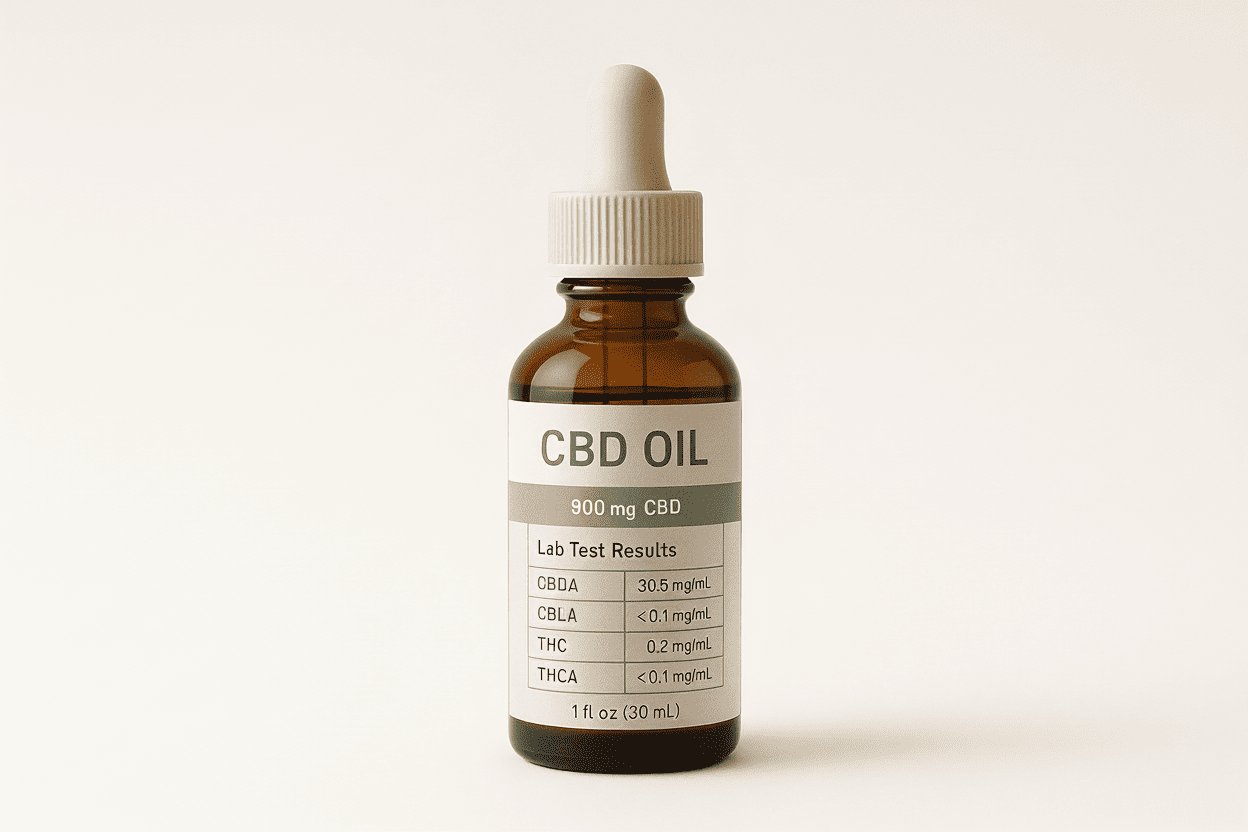
Let me share what I’ve learned from working with successful CBD brands about building trust through packaging design.
Why Do Most CBD Brands Fail to Connect with Their Real Audience?
Most CBD brands chase a customer that doesn’t exist yet. They imagine sophisticated wellness enthusiasts ready to pay premium prices.
The reality hits differently. Your actual buyers are people with chronic pain, seniors with arthritis, and skeptics who’ve been burned by false health claims before. They don’t want Instagram-worthy packaging. They want clear information about what’s inside, where it came from, and proof that it works. Simple, medical-looking packaging with prominent lab results3 beats trendy designs every time.
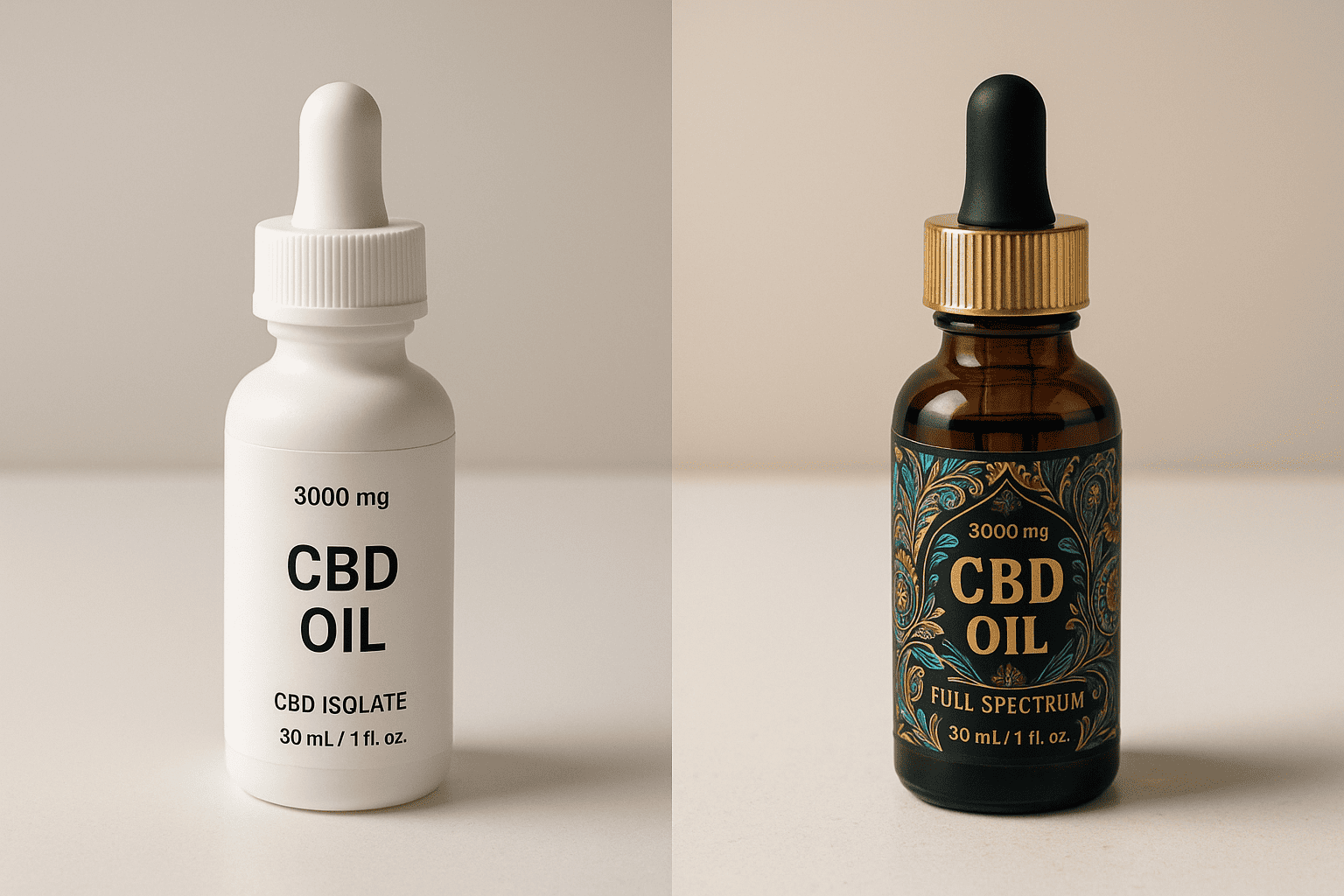
A client once insisted on minimalist packaging with tiny text and abstract botanical designs. We produced it beautifully, but sales were flat. When we visited retailers together, we watched older customers squint at the package, then choose competitors with clear medical-style labeling instead. That redesign taught both of us that clarity beats aesthetics in CBD. The most successful CBD packaging I’ve developed focuses on three key elements that actually matter to real customers.
First, visibility of lab results4 changes everything. QR codes linking to third-party test results should be front and center, not hidden on the back panel. I recommend using at least 14-point font for these elements. Customers scan these codes in stores before making purchases.
Second, plain language5 beats wellness jargon. Instead of "holistic wellness solution," write "may help reduce joint pain." Your grandmother should understand every word on your package. This directness builds immediate credibility with skeptical buyers who’ve heard too many miracle cure claims.
Third, child-resistant features6 serve double duty. They meet legal requirements while signaling safety and legitimacy to cautious consumers. The click-and-turn mechanisms I incorporate into flexible packaging designs provide security without frustrating older users with limited dexterity.
What Role Does Packaging Material Play in Building Trust?
The material you choose sends a message before customers read a single word. Kraft paper suggests natural and organic, while medical-grade plastics imply pharmaceutical quality.
For CBD products, I’ve found that matte finishes on flexible packaging material7s create a pharmaceutical feel that resonates with trust-seeking consumers. Sustainable materials like compostable films also work well, but only when paired with clear messaging about their environmental benefits. The key is matching material perception with your brand’s trust-building strategy.
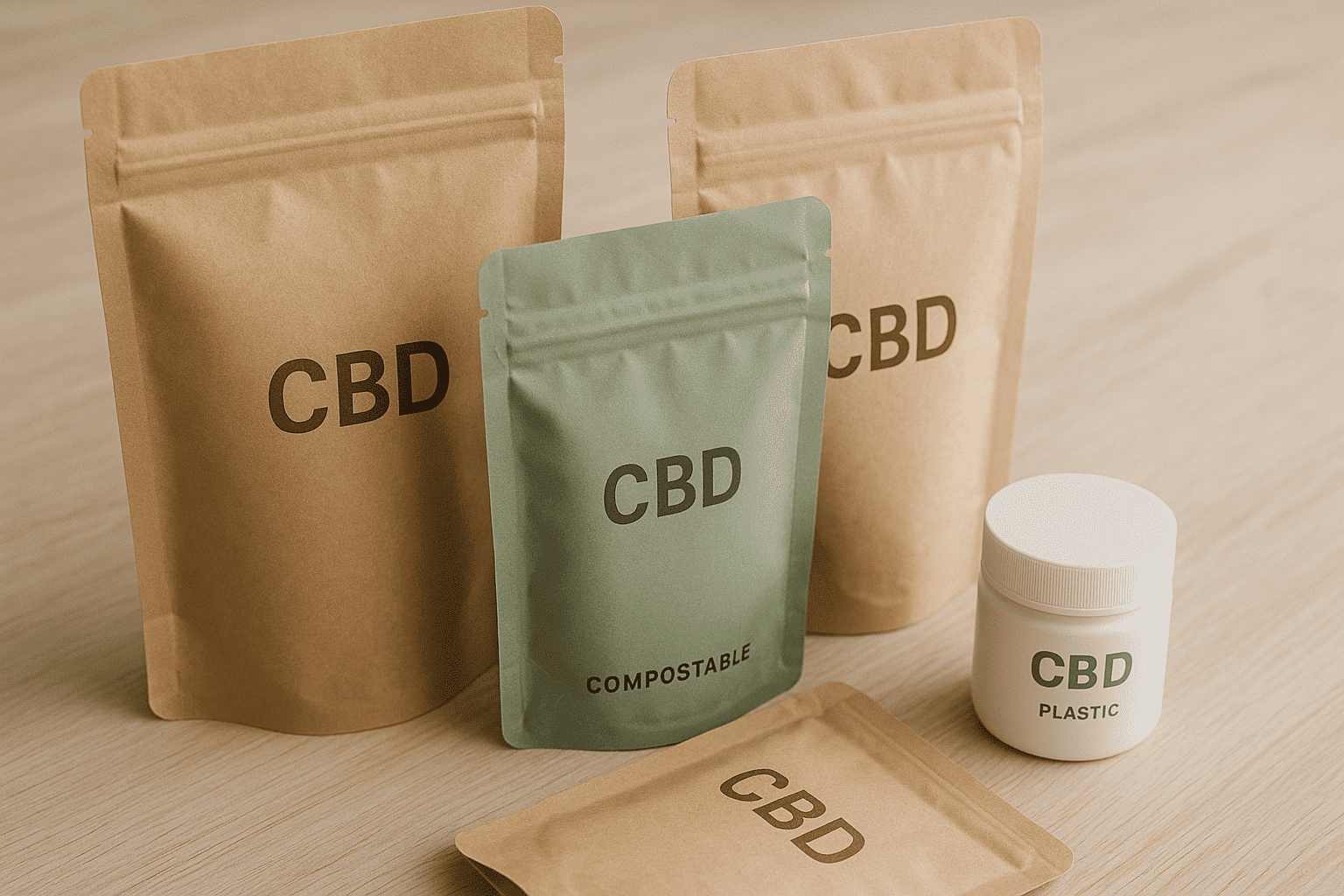
My experience with sustainable CBD packaging reveals interesting patterns about consumer trust. Stand-up pouches made from compostable PBAT+PLA films perform exceptionally well in conservative markets8. These materials signal responsibility without appearing too "hippie" for mainstream consumers.
The texture matters more than you might think. Soft-touch coatings on flexible pouches create a premium feel that justifies higher price points. However, I always advise against glossy finishes for CBD products. High gloss reads as "cheap" or "untrustworthy" to the skeptical CBD consumer base.
Size and format also influence trust perception. Smaller pouches (under 100ml capacity) suggest concentration and potency. Larger packages can trigger suspicion about product dilution. I typically recommend multiple size options, starting with trial-size pouches9 that lower the barrier for first-time buyers.
How Can Design Elements Address Legal Requirements While Building Trust?
Compliance isn’t just about avoiding fines. Smart brands turn legal requirements into trust-building opportunities10.
Every legal element on your CBD packaging can strengthen consumer confidence when presented correctly. Required disclaimers become transparency statements. Dosage information becomes helpful guidance. Third-party certifications become quality assurance. The trick is integrating these elements into your design rather than treating them as afterthoughts.
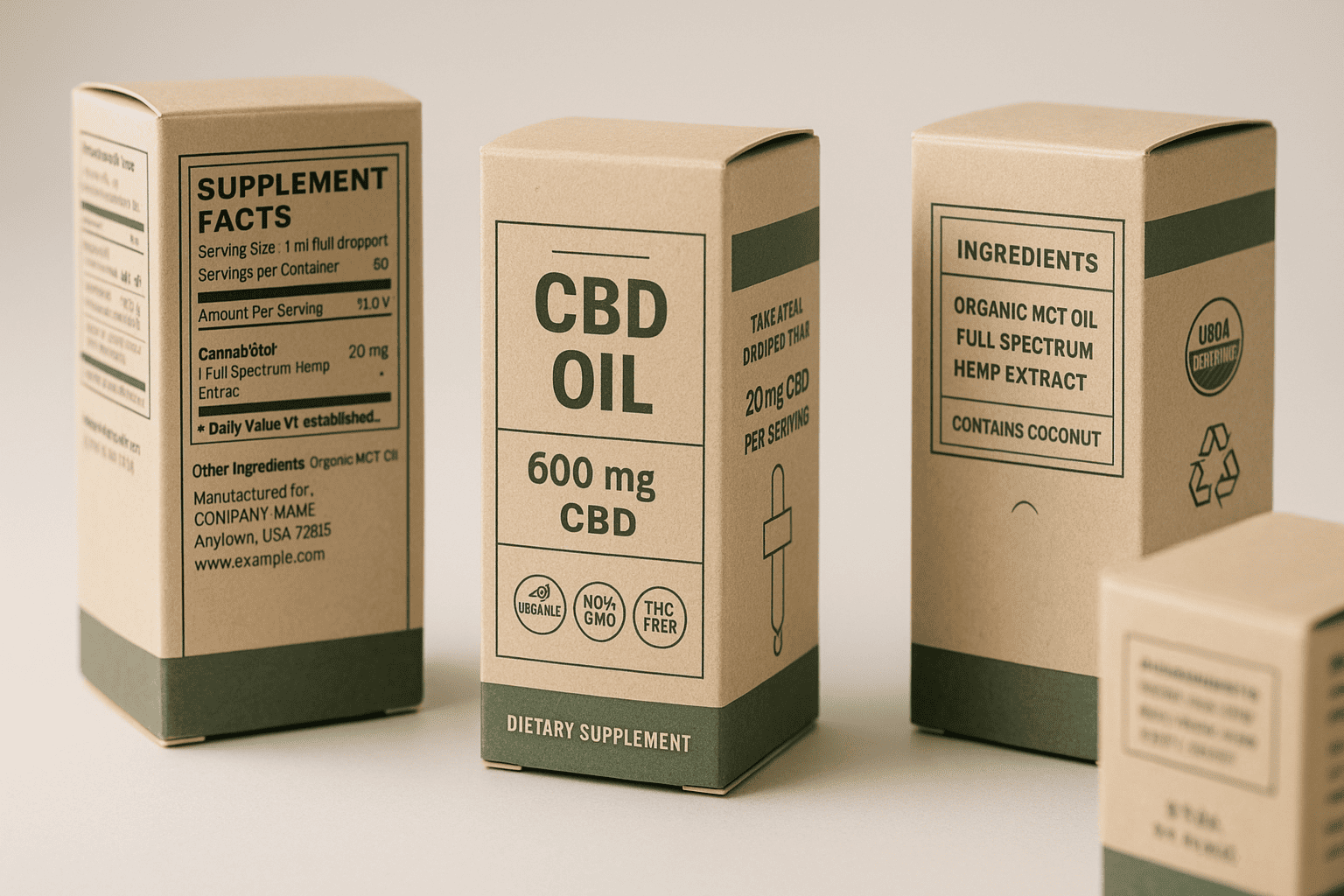
I structure compliant packaging designs using a hierarchy that serves both legal and marketing purposes. The front panel focuses on brand identity and key benefits while maintaining required THC content warnings. Side panels detail ingredients and suggested use in easy-to-read formats.
Essential Compliance Elements That Build Trust
| Legal Requirement | Trust-Building Implementation |
|---|---|
| THC Content Statement | Display prominently with "Less than 0.3% THC" in confident typography |
| FDA Disclaimer | Frame as transparency: "These statements have not been evaluated…" |
| Batch Number | Present as quality control: "Track your batch for test results" |
| Expiration Date | Emphasize freshness: "Best quality guaranteed until…" |
The back panel becomes your transparency showcase. QR codes linking to certificates of analysis should be at least 1 inch square for easy scanning. Include clear instructions for accessing test results, even for less tech-savvy consumers.
Color psychology plays a crucial role in compliance communication11. Green and blue combinations suggest natural healing without making medical claims. Avoid red except for warnings, as it triggers alarm in already skeptical consumers.
What Packaging Strategies Work Best in Conservative Markets?
Conservative markets present unique challenges for CBD brands. These regions require different trust-building approaches than coastal markets.
In conservative states, CBD packaging that resembles traditional pharmacy products outperforms wellness-branded designs by 3 to 1. White backgrounds, simple typography, and medical-style labeling create familiarity for cautious consumers. Local partnerships matter more than celebrity endorsements, and packaging should reflect local values rather than coastal trends.
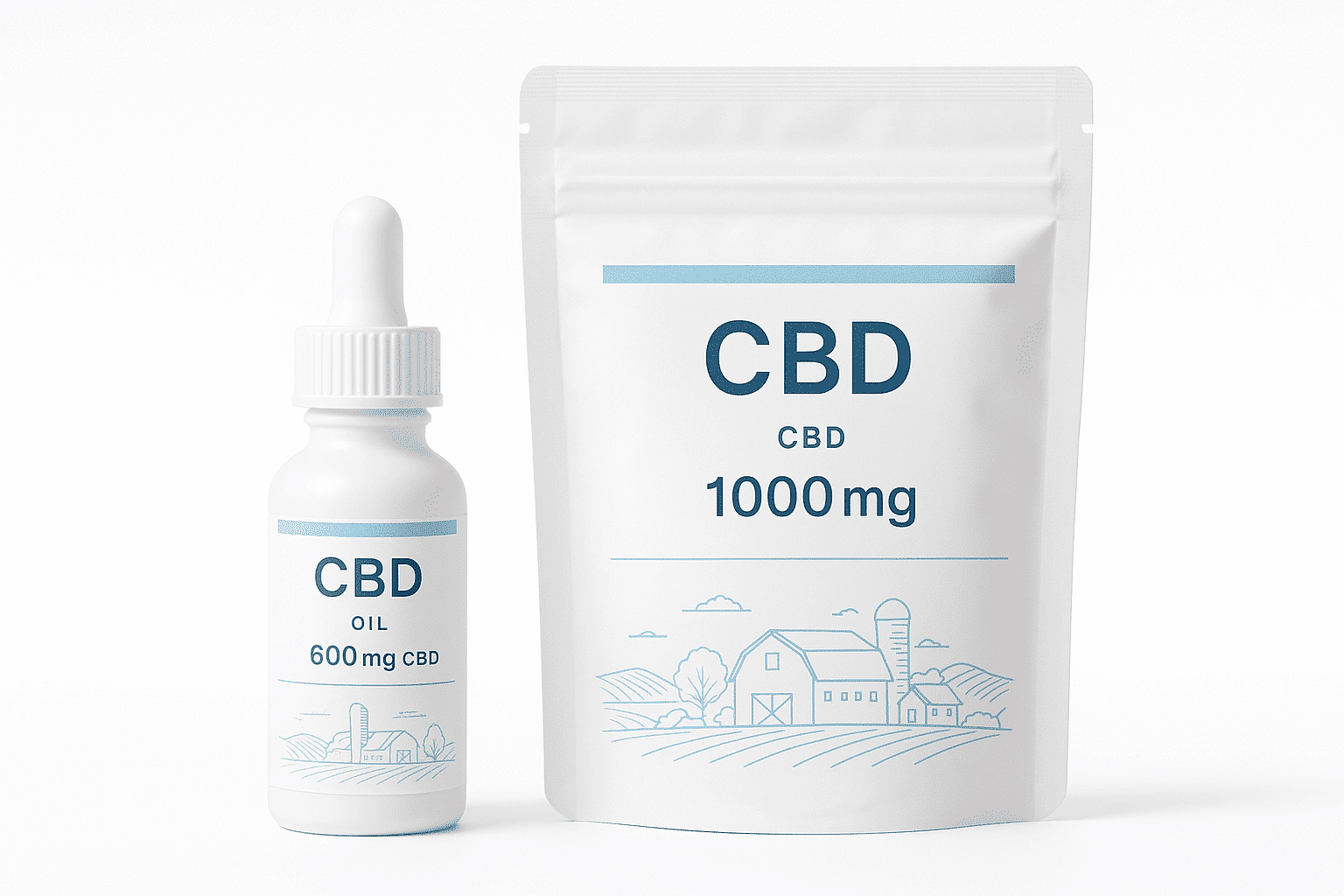
My work with brands entering Midwest markets taught me valuable lessons about regional packaging preferences. Flexible pouches with resealable zippers work better than rigid containers because they feel less "drug-like" to conservative consumers.
Local sourcing claims carry enormous weight in these markets. If your hemp comes from local farms, that information belongs on the front panel. I design special call-out boxes highlighting "Grown in [State Name]" messaging. This local connection often matters more than organic certification.
Religious and family values influence packaging reception in conservative areas. Child-resistant closures aren’t just legally required; they’re morally expected. I recommend going beyond minimum requirements with double-lock mechanisms on flexible packaging. This extra security demonstrates respect for family safety concerns12.
Partnership messaging also differs in conservative markets8. Instead of influencer endorsements, highlight relationships with local pharmacies or healthcare providers. A simple "Available at Smith’s Pharmacy" builds more trust than any celebrity could.
How Should CBD Brands Test Packaging with Their Target Audience?
Testing with the wrong demographic wastes time and money. Most CBD brands test with young professionals when their real customers are retirees.
Effective CBD packaging testing focuses on adults over 55, particularly those managing chronic conditions. These consumers provide honest feedback about readability, ease of opening, and trust factors. Testing should happen in pharmacy-like settings rather than focus group facilities, as context dramatically influences perception.
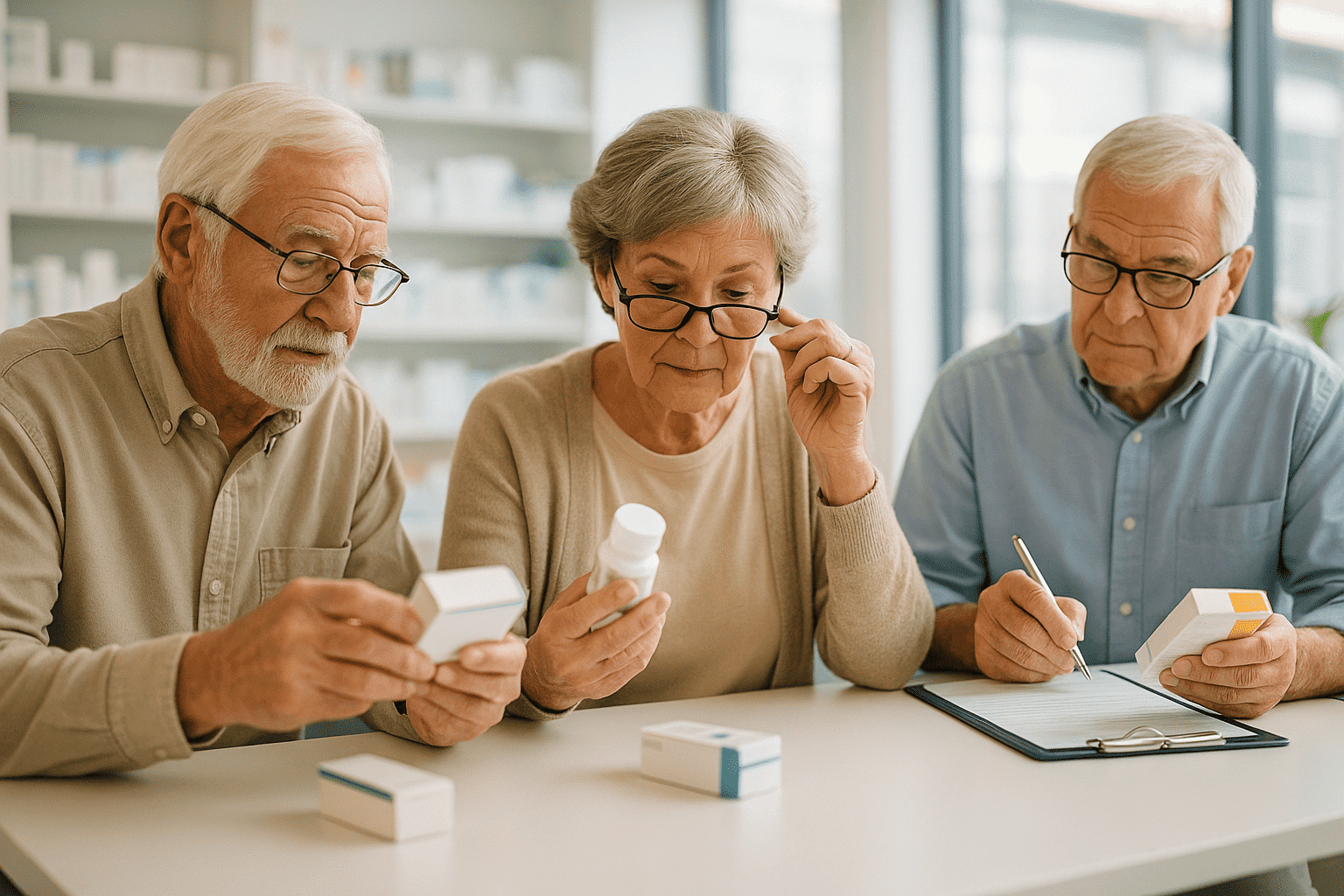
A client’s focus group loved their sleek CBD packaging—until we tested samples at an actual pharmacy. Seniors couldn’t read the dosage info, and many struggled with the closure. Watching real customers interact with the packaging in that environment taught me to structure testing sessions around real-world scenarios. I provide testers with multiple package designs and observe their natural selection process. Which package do they pick up first? Can they read the dosage information13 without glasses? How long does opening take?
The questions you ask matter as much as who you ask. Instead of "Do you like this design?" try "Would you feel comfortable giving this to your spouse?" This reframing reveals trust issues that direct preference questions miss.
I’ve developed a testing protocol that consistently identifies winning designs:
- Visibility test: Can testers read key information from 3 feet away?
- Opening test: Can they access the product within 30 seconds?
- Trust test: Would they purchase this for a family member?
- Comparison test: How does it compare to their current medications?
- Price perception: What would they expect to pay based on packaging alone?
Testing locations matter too. Pharmacy waiting rooms provide better insights than shopping malls. Senior centers offer access to your actual target demographic. I even recommend testing at arthritis support groups where chronic pain sufferers provide unfiltered feedback.
Common Questions About CBD Packaging and Trust
1. Should CBD packaging emphasize recreational or medical benefits?
Medical positioning builds more trust with mainstream consumers. Focus on specific conditions like "joint discomfort" or "sleep support" rather than vague wellness claims. Even in recreational markets, medical-style packaging often performs better.
2. How important are sustainability claims for CBD packaging?
Sustainability matters, but not as much as transparency and safety. If you use eco-friendly materials, mention it briefly but don’t make it your primary message. Conservative consumers prioritize product quality over environmental claims.
3. What colors work best for trustworthy CBD packaging?
White, light blue, and sage green consistently test well across demographics. Avoid black packaging unless targeting a specific luxury niche. Purple can work for sleep-focused products but may seem too "alternative" for mainstream markets.
Conclusion
Building trust through CBD packaging requires understanding your real audience: skeptical consumers seeking relief, not wellness enthusiasts chasing trends. Focus on transparency, medical credibility, and senior-friendly design rather than Instagram aesthetics. The brands succeeding today chose boring over beautiful, and their bank accounts reflect that wisdom.
-
Understanding CBD customers’ needs can help brands tailor their packaging to build trust and loyalty. ↩
-
Exploring sourcing transparency can reveal how it impacts consumer trust and brand loyalty. ↩
-
Lab results are crucial for consumer confidence; learn how they can drive sales and trust. ↩
-
Visible lab results can significantly impact consumer trust; learn why they matter. ↩
-
Plain language helps consumers understand products better, fostering trust and credibility. ↩
-
Child-resistant features not only meet legal requirements but also enhance consumer safety perception. ↩
-
The choice of packaging material can significantly influence consumer perceptions of quality and trust. ↩
-
Understanding conservative market strategies can help brands effectively reach their target audience. ↩ ↩
-
Trial-size pouches can lower barriers for first-time buyers; explore their advantages. ↩
-
Compliance can be a trust-building opportunity; discover how to leverage it effectively. ↩
-
Effective compliance communication can enhance consumer confidence; explore its importance. ↩
-
Addressing family safety can enhance trust; learn how to incorporate this into design. ↩
-
Clear dosage information is vital for consumer safety; explore best practices for presentation. ↩

